
What is Fantasy Literature?
Embarking on a quest through the realm of fantasy books can feel a bit like being handed a map in a language you don’t speak—with so many paths to choose from, it’s easy to get lost in the woods (and not the enchanted kind). But fear not, this genre guide to fantasy books is your Rosetta Stone, decoding the mystical runes fantasy books. Whether you’re looking to duel with dragons or sip tea with trolls, we’ve got you covered. Buckle up your imaginary sword belt and adjust your wizard’s hat —because, let’s be honest, the only thing worse than a dragon with bad breath is a boring book.
This post contains affiliate links. That means we receive a small commission at no cost to you fom any purchases you make through these links.
Definition of fantasy books
The main characteristic of a fantasy novel is that the setting is completely fictionalized. If you look this up in Wikipedia, you will see the phrase “speculative fiction” bandied about; in other words the author makes it up. They create a world often imbued with magic and the paranormal and then plonk their characters in it. Often the characters will also have some magical aspect to them as well normally being either a separate race to humans, such as the classic elves or dwarves, or they are mages, magicians or sorcerers.
Subscribe to the
Under the Covers Insider
Get updates on the latest posts and more from Under the Covers Book Blog straight to your inbox.
We’ll be in your inbox every single week with the latest book content and news. You can unsubscribe at any time.
What are the different sub-genres of fantasy?
One question that always pops up is what is the difference between the different fantasy worlds or types and how to classify books accordingly? High fantasy, low fantasy, epic fantasy and more. These terms are loosely thrown around and sometimes even misapplied. So here’s a list to help guide you in how to categorize your book when you’re not sure where it fits. And remembers, sometimes they can cross over and be a mix of genres or sub-genres.
How do I recognize a fantasy book?
A fantasy can be defined as a story where the world it’s set in is completely fictional. Magic is normally present, however, it is not essential.
A fantasy can be defined as a story where the world it’s set in is completely fictional. Magic is normally present, however, it is not essential.
Here’s a basic checklist of all the elements that make an fantasy:
Some fantasy sub-genres have alternative names or are closely related to other sub-genres, often overlapping in themes and storytelling techniques.
High Fantasy is sometimes called Epic Fantasy due to the overlap in their use of expansive world-building, epic narratives, and high stakes. However, “high fantasy” emphasizes the entirely separate universe aspect, while “epic fantasy” focuses on the scale and scope of the story.
Paranormal Romance shares a lot of common ground with Urban Fantasy, especially when romantic elements are strong in urban fantasy narratives (like Jeaniene Frost’s Night Huntress and Nalini Singh’s Guild Hunter series). The key difference lies in the focus—paranormal romance emphasizes the romantic relationships, while urban fantasy focuses more on the urban setting and fantastical elements.
Romantasy is a specific term that has gained popularity but can be considered under the broader umbrella of Fantasy Romance. The term “fantasy romance” can apply to romantic stories across various fantasy settings, not just the romantic-focused narratives in fantastical settings that “romantasy” specifies.
The boundaries between these subgenres can sometimes blur, as authors blend elements from different categories to create rich, multifaceted worlds and stories.
Pin this for later
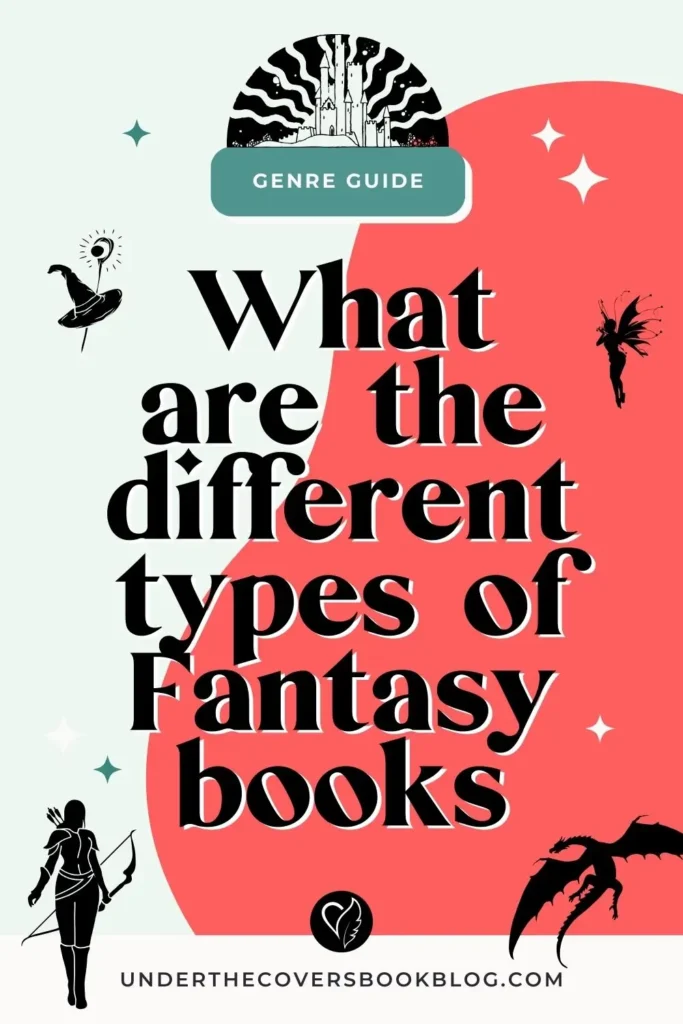
How does fantasy differ from science fiction?
Fantasy differs from science fiction primarily in its focus on elements of magic, mythology, and the supernatural, as opposed to the scientific and technological themes prevalent in science fiction. Fantasy typically relies on elements such as magic, mythical creatures, and epic quests set in fictional realms inspired by folklore and mythology. Science fiction tends to incorporate futuristic or speculative technologies, space exploration, and scientific principles to explore themes of humanity, society, and the impact of technology on the future.
However, it’s worth noting that there is a hybrid genre known as science fantasy, which blends the speculative elements of science fiction, such as advanced technology, space exploration, and futuristic societies, with the magical and mystical elements of fantasy, such as magic, mythical creatures, and supernatural powers.
Common characters and tropes in fantasy books
I started my reading career by delving into fantasy books, so I am going classic fantasy with this cast of characters!
THE Chosen One
Fantasy has a lot of prophecy. Which means that you can’t go far with out bumping into The Chosen One. This unlikely person, usually a young man or woman, has a big destiny ahead of them. Unfortunately for the poor Chosen One they normally don’t have a clue, they, along with the reader, have to learn about it as they go. Usually they need to find the important thing, unite the lands, lead a revolt against the tyrant…their to do list is longer than mine.
THE Feisty Princess
A book needs a feisty female character and a rebellious princess – or noblewoman – is a popular choice. Unhappy with a life full of rules and restrictions our princess longs for more than politics and court life. She could be a powerful magic user or have swordsman ship skills equal or better than any man. She feels undervalued and sidelined in her own life. The Feisty Princess and the Chosen One can often be the same person. Either way, as a companion or the main protagonist our princess has an exciting time ahead!
THE Wise Mentor
This character is typically an older, experienced individual who guides and trains the protagonist on their journey.
THE VILLAINOUS Overlord
A classic antagonist, the villainous overlord seeks power and control over the land, often employing dark magic or ruthless tactics to achieve their goals.
THE Rogue
A charming and often morally ambiguous character, the rogue is skilled in stealth, thievery, and deception. They may start as an adversary but often become an ally to the protagonist.
THE Noble Knight
Honorable, chivalrous, and skilled in combat, the noble knight fights for justice and righteousness. They uphold a strict code of honor and are often portrayed as the epitome of bravery.
THE TRickster
Clever, cunning, and mischievous, the trickster character delights in playing pranks and outsmarting their adversaries. They often provide comic relief while also serving as catalysts for change in the story.
THE Reluctant Hero
Unlike the chosen one who eagerly embraces their destiny, the reluctant hero initially resists the call to adventure but ultimately rises to the occasion when duty calls.
Forbidden Love
This trope involves a romantic relationship between characters from different backgrounds or opposing factions, often complicated by societal norms, familial expectations, or destiny itself.
The Quest
The quest is a common trope in fantasy that involves the protagonist embarking on a journey to obtain a magical artifact, defeat a great evil, or fulfill a prophecy. The quest serves as the central driving force of the story and often leads to personal growth and discovery for the characters involved.
THE Weary Adventurer
If you’re going on a quest your main protagonist – usually the Chosen One – needs some good companions. A companion you’ll see pop up again and again is the Weary Adventurer. He maybe a grizzled veteran, a cynical rogue or perhaps an old sorcerer, whoever he is he’s seen the world and will dispense his wisdom and expertise to our hero or heroine as they journey into danger together.
Why We Love Fantasy?
I love fantasy books, whether romance or more classical fantasy I adore it. The author has license to create a completely new world packed with magic, mayhem and adventure; it’s a perfect mix. It can give you uplifting stories of bravery and friendship, gritty and harsh battles as well as some epic romance. It has a little bit for everyone.
Fantasy Book Recommendations
Here are some great fantasy romances we recommend you give a try. If you fancy any straight up fantasy novels let me know in the comments and I will happily unleash a deluge of recommendations!
Fantasy Genre Guide Originally posted in 2017 and last updated February 6, 2024
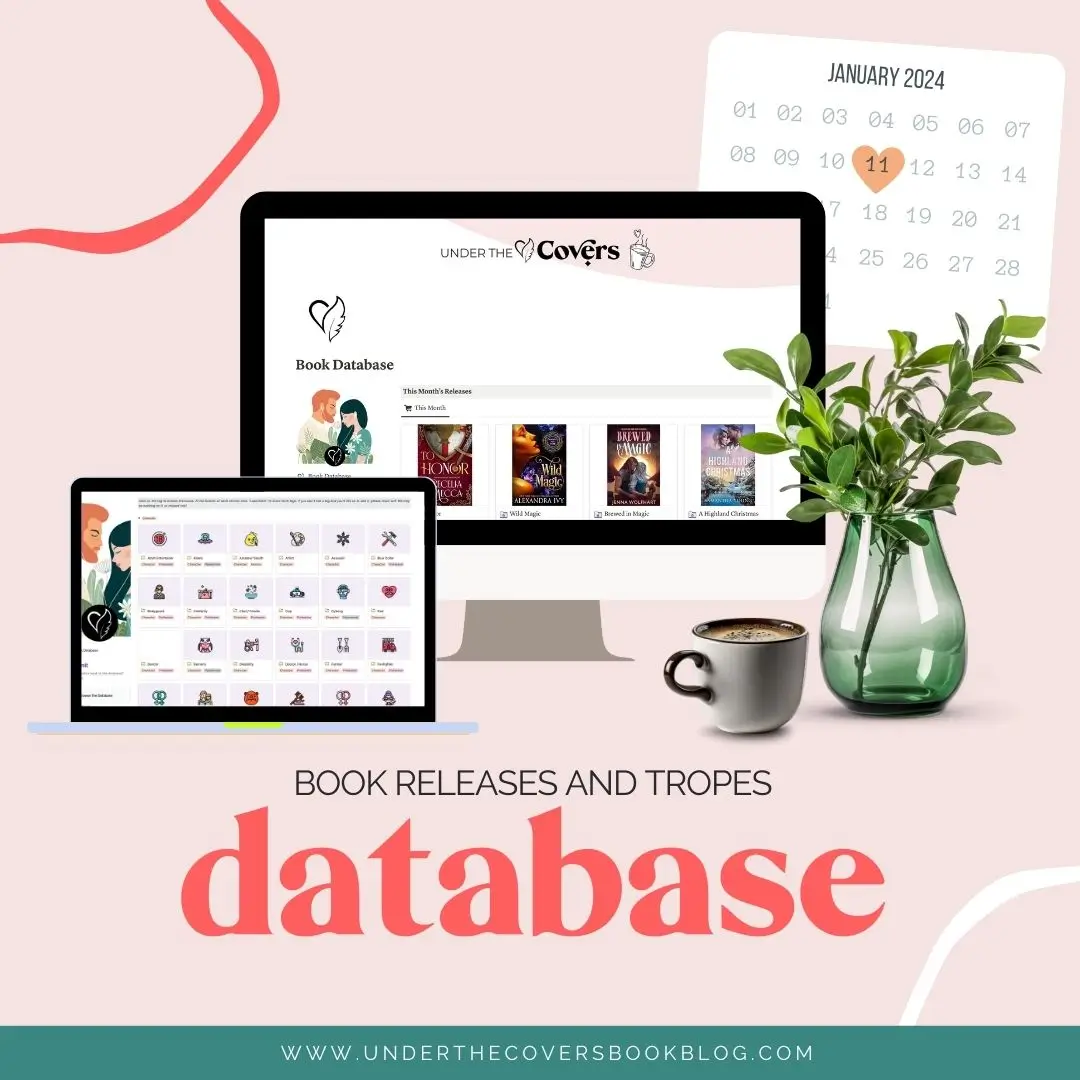
WANT MORE BOOK RECS?
Get Access to Our Full Book Database
When you join the Under the Covers Community you’ll get access to our release calendar and trope database. Guaranteed to find your next read!

Join the Under the Covers Community
- Book Release Calendar
- Book Tropes Book Database
- Reading Under the Covers: Extra Bite – Exclusive Bonus Podcast Feed
- Monthly recommendations, tutorials, live events
- Free downloads (activities, templates and more)
- And much more!


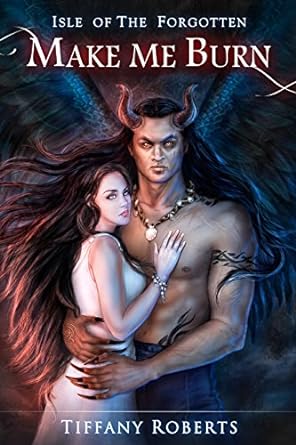
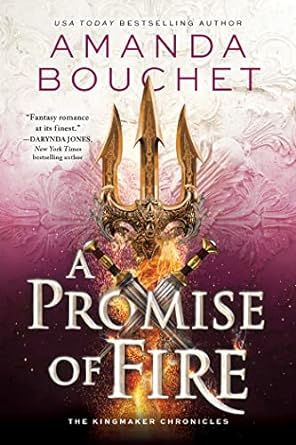
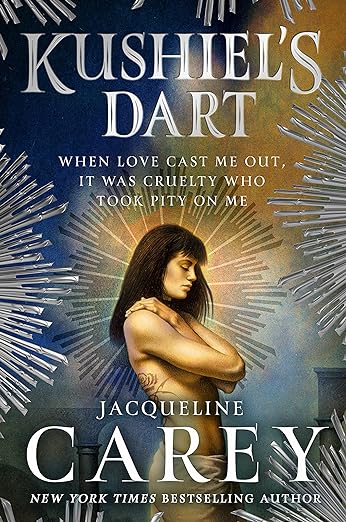
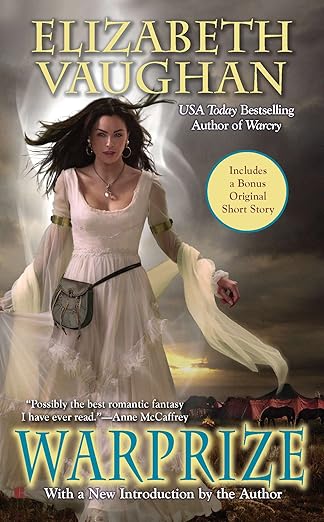
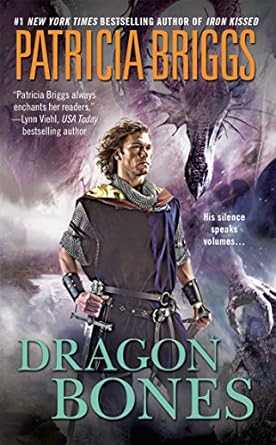
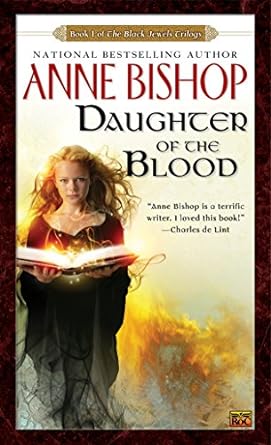
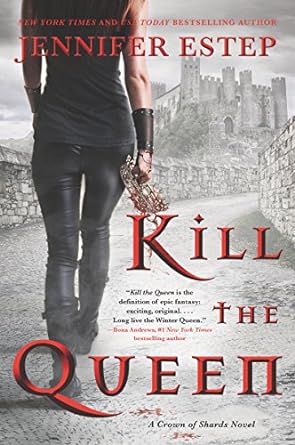

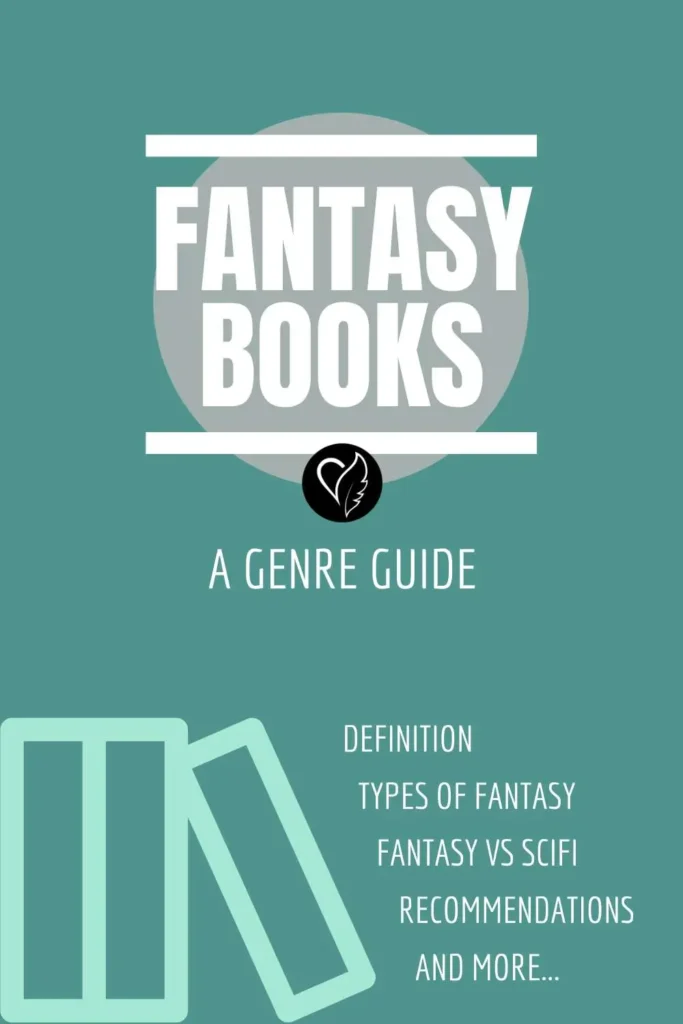

That was extremely helpful especially with some of the newer sub-genres cropping up in fantasy.
I love fantasy books.